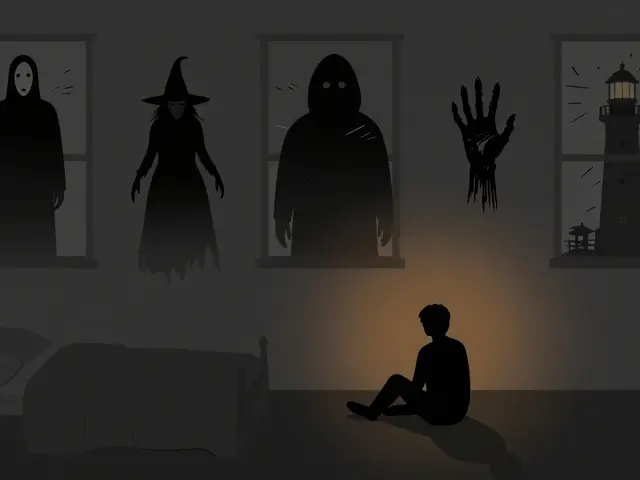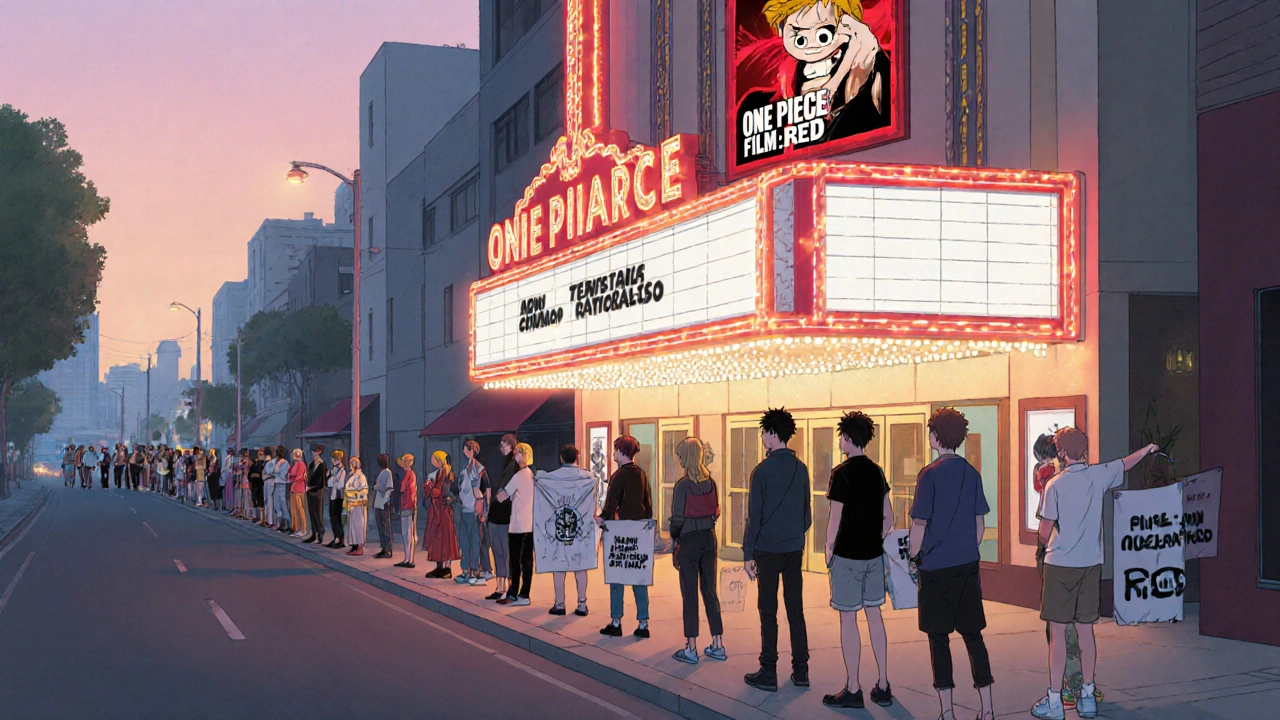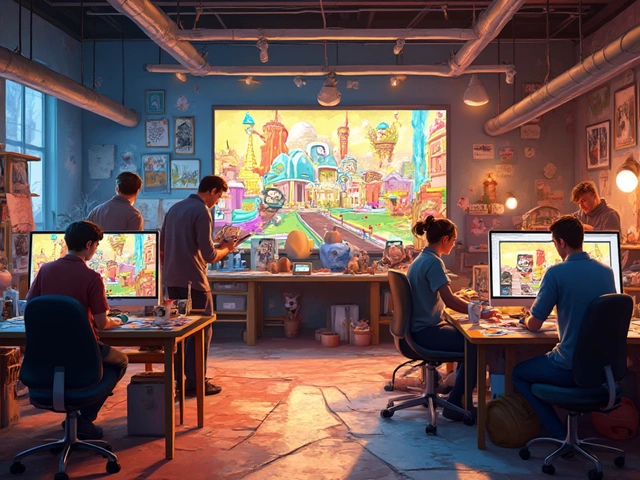Anime Cinema: What Makes It Different from Other Animated Films
When we talk about anime cinema, a style of feature-length animated film originating from Japan, often characterized by expressive art, emotional depth, and non-Western narrative structures. Also known as Japanese animated films, it isn't just cartoons with big eyes—it's a full-fledged film tradition that stands apart from Disney, Pixar, or even European animation. While Western animated movies often target families and rely on humor or musical numbers, anime cinema tackles complex themes like identity, trauma, societal collapse, and existential dread—with visuals that can be surreal, hyper-detailed, or brutally minimalist.
What makes anime cinema, a style of feature-length animated film originating from Japan, often characterized by expressive art, emotional depth, and non-Western narrative structures. Also known as Japanese animated films, it isn't just cartoons with big eyes—it's a full-fledged film tradition that stands apart from Disney, Pixar, or even European animation. so powerful is how it blends artistic freedom with narrative ambition. Directors like Hayao Miyazaki, Mamoru Oshii, and Hideaki Anno don’t just make movies—they build entire worlds with rules, histories, and emotional logic that feel as real as live-action dramas. Unlike Western animation, which often avoids mature content to keep ratings low, anime cinema regularly explores violence, sexuality, political corruption, and mental illness without apology. It’s not for everyone, but when it works, it leaves a mark.
There’s also the way anime cinema, a style of feature-length animated film originating from Japan, often characterized by expressive art, emotional depth, and non-Western narrative structures. Also known as Japanese animated films, it isn't just cartoons with big eyes—it's a full-fledged film tradition that stands apart from Disney, Pixar, or even European animation. uses silence, movement, and composition. A single frame might hold for ten seconds just to show rain falling on a character’s face. There’s no need for dialogue—emotion lives in the brushstroke, the flicker of light, the way a character’s hand trembles. This isn’t lazy animation; it’s intentional pacing, a deliberate rhythm that pulls you into the character’s inner world. And that’s why people rewatch films like Ghost in the Shell or Perfect Blue not just for the story, but for the atmosphere.
What you’ll find in this collection are deep dives into the films, creators, and techniques that define this medium. From how Studio Ghibli builds emotional arcs without a single villain, to why Satoshi Kon’s psychological thrillers still haunt viewers decades later—you’ll see how anime cinema doesn’t just entertain, it challenges. Whether you’re new to it or you’ve been watching since the 90s, there’s something here that’ll make you look at animation differently.
5
Anime Theatrical Events: How Fandom, ScreenX, and Box Office Drive Animated Cinema
Anime theatrical events are reshaping global cinema through fan-driven excitement, immersive tech like ScreenX, and record-breaking box office numbers. Discover why fans pay premium prices to watch anime in theaters - and how studios are turning screenings into cultural moments.
Latest Posts
Popular Posts
-
 How to Find All Your Streaming Subscriptions and Stop Overpaying
How to Find All Your Streaming Subscriptions and Stop Overpaying
-
 How to Expand Storage on Fire TV with USB Drives and Manage Apps Better
How to Expand Storage on Fire TV with USB Drives and Manage Apps Better
-
 Custom DNS for Streaming: Can Switching DNS Improve Video Start Times?
Custom DNS for Streaming: Can Switching DNS Improve Video Start Times?
-
 Best Horror Movies on Streaming Services Right Now
Best Horror Movies on Streaming Services Right Now
-
 How to Cancel Paramount+: Step-by-Step Guide
How to Cancel Paramount+: Step-by-Step Guide



